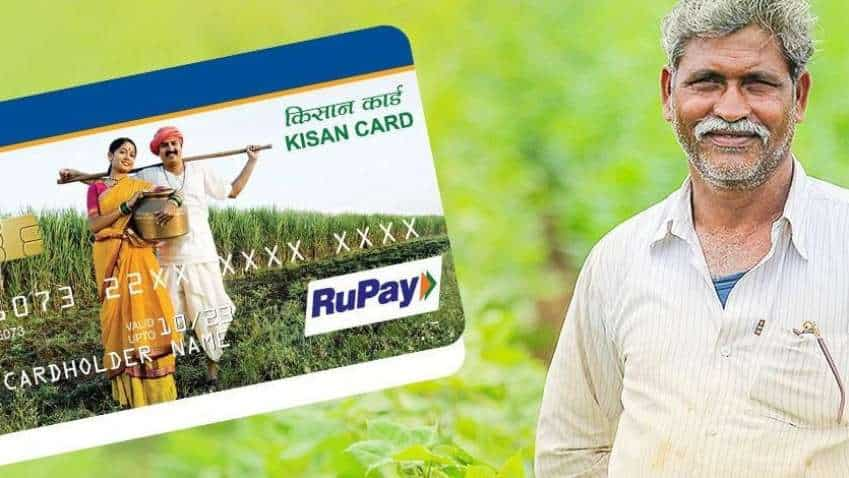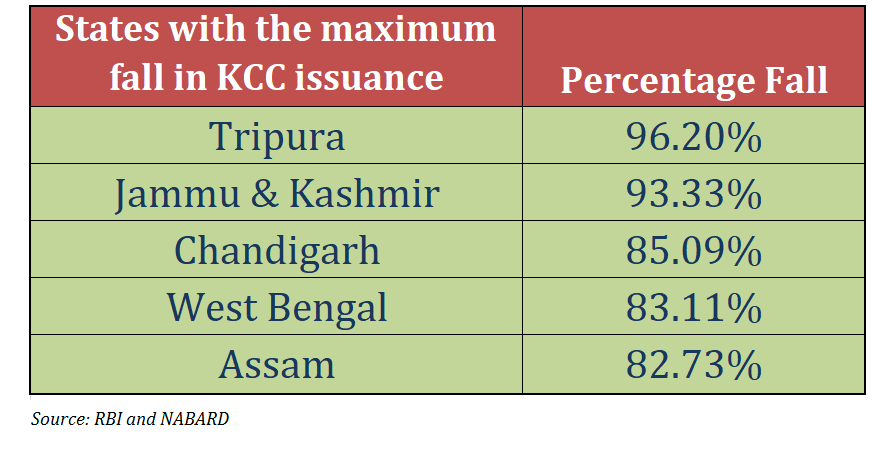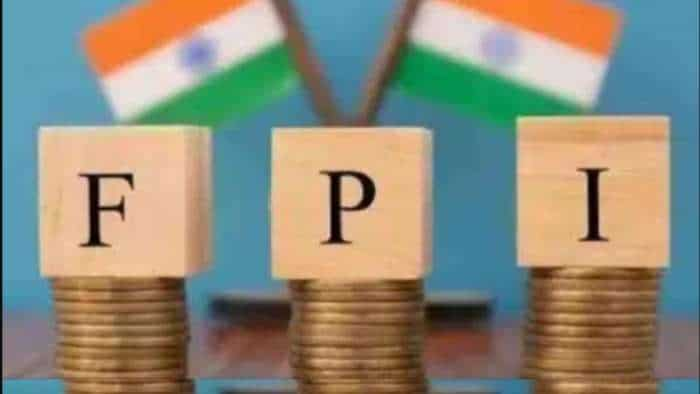Kisan Credit Card: 5 reasons behind the sharp fall in issuance of KCC to farmers
The Kisan Credit Card Scheme was first implemented to ensure loan facility is made available at cheap rates of interest to the farmers.

The total number of Kisan Credit Cards (KCC) issued in the last three years has fallen by more than 56 per cent, while the amount sanctioned under it has jumped nearly five times, the Minister of Agriculture and Farmers Welfare Jayant Sinha informed Parliament. Among states, Assam, West Bengal, and Tripura have seen the sharpest decline in the number of KCC issued with more than 80 per cent drop, Sinha told Parliament in his reply.
The Kisan Credit Card Scheme was first implemented to ensure loan facility is made available at cheap rates of interest and concessional terms. However, experts suggest that people started misusing loans to spend on non-agricultural and consumer activities, thus later government might have become more stringent in terms of issuance of the cards.

Here are the five key reasons that have contributed to the fall in the issuance of KCC:
1. More defaults
Many farmers have failed to maintain a good credit score affecting their eligibility to avail the card, say experts. “Over the years, loan waivers, crop failure, crop failure, monsoon failure, complex documentation processes, and some inflexible provisions of the KCC have led to higher default rates. This adversely affects the credit score of the KCC holders due to which the credit offtake is not happening in an expected manner,” said Vikas Singh, Co-Founder & CEO at Sugmya Finance Pvt Ltd, an NBFC primarily catering to rural customers.
2. Revised financial guidelines
National Bank for Agriculture and Rural Development (NABARD) has set out several rules for rural banking and in recent years, there have been several changes in the financial guidelines of NABARD, that affected card issuance, pointed out experts. “NABARD has regularly revised the scale of finance guidelines for all the crops as per market conditions. This has resulted in an increase in the amount of loan disbursed over the years even if the new issuances of KCC have normalized,” said Sanjay Sarkar, Head-Business Solutions, Lentra, a fintech platform focusing largely on rural banking.
3. Some complicated formalities
One of the biggest reasons that not all farmers are not able to get the card is that it requires farmers to have land in their own name in order to avail the benefits of Kisan Credit Card. “The entire amount has to be deposited together at the time of March closing. If there is crop damage, farmers are unable to do,” added Singh.
4. Decreased crop productivity in some areas
Rajesh Aggarwal, MD, Insecticides (India) Limited pointed out that reduced crop produce led to less willingness to avail financial offerings when already grappling with the monetary loss.
5. Better services of NBFC and other MFIs
Several experts stressed that NBFCs and MFIs are very effective in rural areas, thus there is low adoption of Kisan Credit cards in rural areas today. In the short term, microfinance companies that provide small-group loans in rural areas can play an essential role in bridging this gap.
What is KCC?
Introduced in 1998, KCC aims to provide timely and adequate credit to farmers to meet their production credit needs (Cultivation expenses) besides meeting contingency expenses and expenses related to ancillary activities through simplified procedures facilitating the borrowers for availing loans as and when they need.
Click Here For Latest Updates On Stock Market | Zee Business Live
Get Latest Business News, Stock Market Updates and Videos; Check your tax outgo through Income Tax Calculator and save money through our Personal Finance coverage. Check Business Breaking News Live on Zee Business Twitter and Facebook. Subscribe on YouTube.
RECOMMENDED STORIES
07:57 PM IST











 Ending Bajaj Fin credit card tie-up a non-event, pace of new sales to return in a quarter: RBL Bank
Ending Bajaj Fin credit card tie-up a non-event, pace of new sales to return in a quarter: RBL Bank New credit card issue declined by 45 per cent YoY in October: Report
New credit card issue declined by 45 per cent YoY in October: Report Never do this one thing using your credit card, it will cost you a fortune; here's everything you need to know
Never do this one thing using your credit card, it will cost you a fortune; here's everything you need to know Rising demand for premium credit cards in India reflects economic growth
Rising demand for premium credit cards in India reflects economic growth ICICI Bank, MakeMyTrip launch co-branded credit card
ICICI Bank, MakeMyTrip launch co-branded credit card